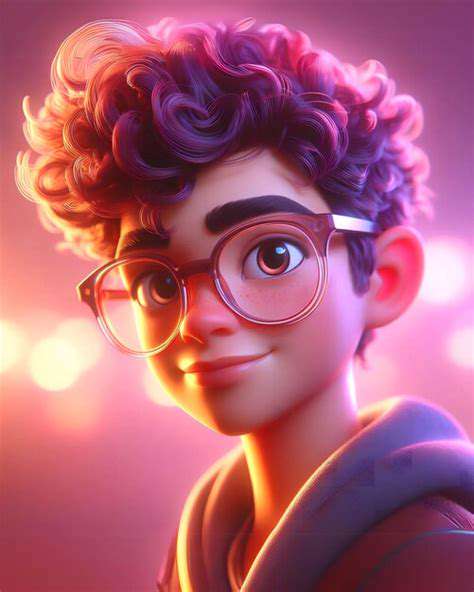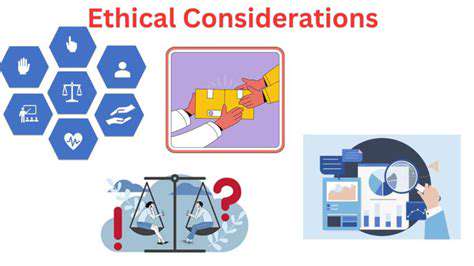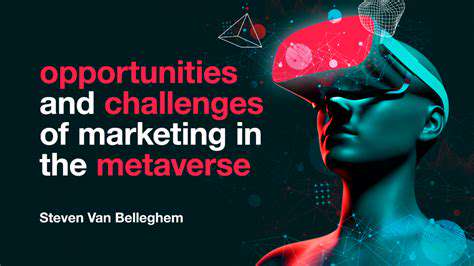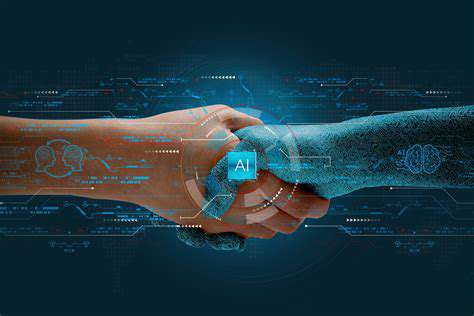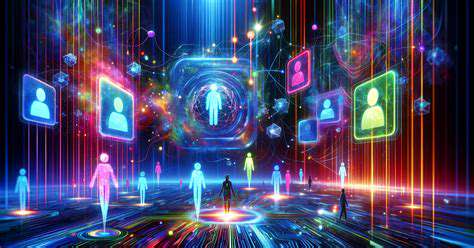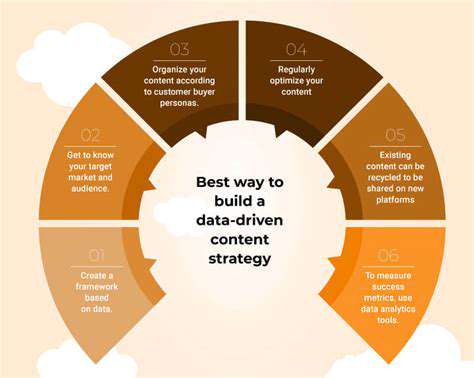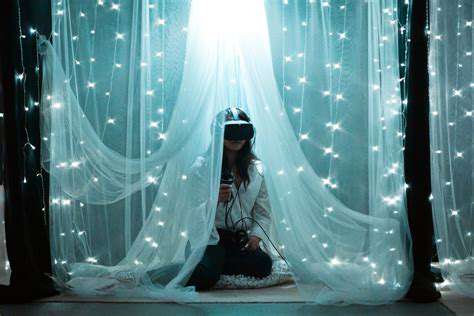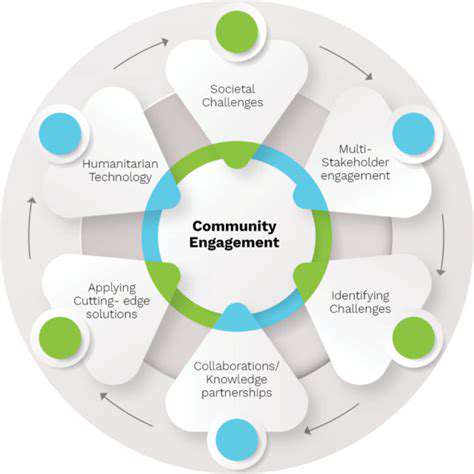VR, AR, and MR: A Guide to Immersive Entertainment Tech
Introduction to Immersive Technologies
Immersive technologies, encompassing Virtual Reality (VR), Augmented Reality (AR), and Mixed Reality (MR), are rapidly transforming various sectors. These technologies create engaging and interactive experiences by overlaying digital elements onto the real world, or by completely replacing the real world with a virtual one. Understanding the nuances of each technology is crucial to grasping the potential of immersive experiences.
From gaming and entertainment to education and healthcare, the applications of immersive technologies are expanding at an unprecedented pace. This guide provides a concise overview of VR, AR, and MR, highlighting their key characteristics, potential benefits, and current limitations.
Virtual Reality (VR): Escaping Reality
Virtual Reality immerses users in a completely computer-generated environment. This is achieved through headsets that block out the real world, presenting a simulated experience. VR applications are often used for gaming, training simulations, and even therapeutic interventions. The immersive nature of VR enables users to interact with virtual objects and environments in a remarkably realistic way, opening up new possibilities for education, entertainment, and even medical procedures.
Augmented Reality (AR): Enhancing the Real World
Augmented Reality, in contrast to VR, overlays digital information onto the real world. AR applications often use smartphones or specialized headsets to superimpose computer-generated images, sounds, or other data onto a user's view of the physical environment. This technology has already found practical applications in various fields, such as gaming, navigation, and industrial maintenance. For example, AR can provide real-time instructions to a technician performing a complex repair or guide a user through a complicated process by overlaying step-by-step instructions onto their view.
Mixed Reality (MR): Blending the Real and Virtual
Mixed Reality combines the best of both VR and AR, allowing users to interact with both the real and virtual world simultaneously. This creates a hybrid environment where digital objects can be placed and manipulated within the physical space. MR is still a relatively new technology, but its potential applications in design, engineering, and training are significant. Imagine an architect placing virtual furniture within a real room, or a surgeon practicing a complex procedure in a virtual operating room, then transferring those skills to the real world.
Applications and Benefits of Immersive Technologies
The applications of VR, AR, and MR are diverse and rapidly expanding. In education, VR can immerse students in historical events or complex scientific concepts, while AR can provide interactive learning experiences. In healthcare, VR can be utilized for pain management and therapy, while AR can assist surgeons with precise procedures. The benefits extend beyond these sectors, including enhanced training in various fields, improved design and prototyping, and more engaging entertainment experiences.
Challenges and Future of Immersive Technologies
While immersive technologies offer exciting possibilities, several challenges remain. Cost, accessibility, and the development of intuitive user interfaces are crucial factors impacting widespread adoption. Furthermore, issues related to user experience, potential health concerns, and ethical considerations must be carefully addressed. The future of immersive technologies hinges on overcoming these challenges and pushing the boundaries of innovation. As technology advances and costs decrease, we can anticipate even more groundbreaking applications and wider adoption of these powerful tools in the years to come.
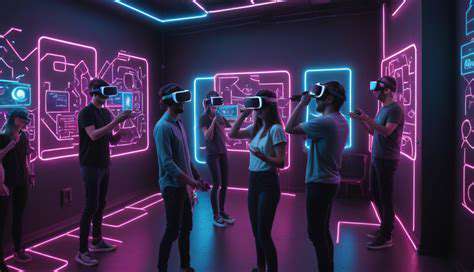
Augmented Reality (AR): Enhancing the Real World
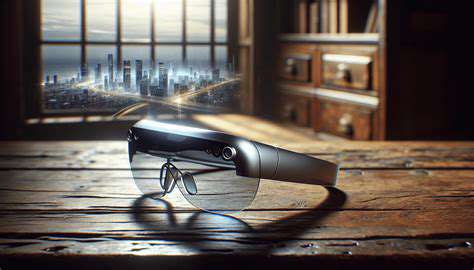
Immersive Experiences in Various Industries
Augmented reality (AR) is rapidly transforming various industries by overlaying digital information onto the real world. This technology allows users to interact with their surroundings in a more engaging and informative way, leading to enhanced experiences and improved efficiency. From retail to healthcare, AR is proving to be a valuable tool for problem-solving and innovation. The potential for AR applications in education is especially exciting, as it can create interactive learning environments that are more engaging and memorable than traditional methods. AR applications are revolutionizing the way we interact with the world around us, providing a bridge between the physical and digital realms.
Imagine trying on clothes virtually in a retail store or visualizing complex architectural designs overlaid on existing structures. These are just a few examples of how AR can enhance user experiences across diverse sectors. By seamlessly integrating digital content into the physical world, AR empowers users to understand and interact with information in a more intuitive and engaging manner. The applications for AR extend beyond simple visualization, enabling interactive simulations, training exercises, and even remote collaboration opportunities.
Improving Efficiency and Productivity
One of the key benefits of AR technology is its ability to streamline workflows and improve efficiency across various industries. AR overlays can guide technicians through complex procedures, providing real-time instructions and visual aids. This can lead to faster training times, fewer errors, and ultimately, increased productivity. For example, in manufacturing, AR can be used to guide workers through assembly processes, ensuring that parts are correctly placed and procedures are followed accurately.
In the field of healthcare, AR can be used to overlay anatomical information onto the human body, allowing surgeons to visualize complex structures during procedures. This can lead to more precise interventions and potentially reduce surgical time. In construction, AR can guide workers through complex building plans in real time, ensuring that materials are correctly positioned and that structural integrity is maintained throughout the process. These are just a few examples of how AR is revolutionizing industries by improving efficiency and productivity.
AR's ability to provide real-time information and guidance is changing the landscape of various industries, from healthcare to manufacturing. By providing interactive overlays and visual aids, AR applications can empower users to work more effectively and efficiently. The potential for AR to improve productivity is immense, and its applications are only likely to expand in the coming years.
Students today face an unprecedented array of pressures, from academic demands and social expectations to family responsibilities and financial worries. This heightened stress level significantly impacts their ability to focus, learn, and ultimately perform well in school. Recognizing and addressing these stressors is crucial for creating a supportive learning environment and fostering academic success. The consequences of chronic stress can manifest in various ways, from decreased concentration and motivation to anxiety disorders and even physical health issues, all of which can hinder a student's educational journey.
Mixed Reality (MR): Blending the Worlds Together
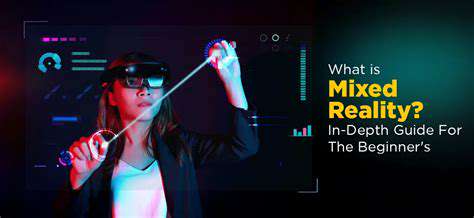
Exploring the Potential of Mixed Reality
Mixed Reality (MR) technology holds immense promise for revolutionizing various industries, from healthcare to education and entertainment. It seamlessly blends the digital and physical worlds, creating immersive experiences that enhance user interaction and understanding. This innovative approach allows users to interact with virtual objects within their real-world environment, fostering a more intuitive and engaging learning experience.
The potential applications of MR are truly vast, and as the technology matures, we can expect to see even more creative and practical implementations across diverse sectors. From training simulations that mimic real-world scenarios to interactive learning tools that bring abstract concepts to life, the possibilities are seemingly endless.
Immersive Experiences and User Engagement
One of the key advantages of MR is its ability to create truly immersive experiences. By overlaying digital information onto the real world, users can interact with virtual objects and environments in a more natural and intuitive way. This level of engagement is crucial for effective learning, training, and even entertainment, taking the user experience to a new level.
Immersive experiences fostered by MR have the potential to transform how we learn, work, and interact with the world around us. This technology allows for a unique blend of physical and digital interaction, resulting in a more engaging and effective learning experience, whether in the classroom or on the job.
Applications in Healthcare and Education
In the healthcare sector, MR can be used for surgical training simulations, allowing surgeons to practice complex procedures in a risk-free environment. This hands-on approach can significantly enhance surgical skills and reduce the learning curve for new surgeons. Furthermore, MR technology can provide detailed 3D visualizations of patient anatomy, aiding in diagnosis and treatment planning.
In education, MR can transform the way students learn by creating interactive and engaging learning environments. Students can visualize complex scientific concepts, explore historical events, and interact with virtual models of various structures in a way that traditional methods cannot match. This immersive approach can significantly improve knowledge retention and comprehension.
Technical Advancements and Challenges
Despite the promising potential of MR, several technical challenges remain to be addressed. The development of more affordable and accessible hardware, as well as the creation of user-friendly software, is crucial for widespread adoption. The development of sophisticated algorithms to accurately track and recognize real-world objects and environments is also essential to ensure a smooth and reliable user experience.
The Future of Mixed Reality
The future of Mixed Reality is bright, with ongoing advancements in hardware and software pushing the boundaries of what's possible. The convergence of physical and digital realms will lead to exciting new applications across various sectors, and the user experience will continue to improve, leading to higher levels of engagement and interaction. The constant innovation and progress in this field are exciting and will revolutionize our interactions with the world around us.
The integration of MR with other technologies, such as Artificial Intelligence and Machine Learning, holds the potential to create even more sophisticated and personalized experiences. This evolution promises to fundamentally reshape how we interact with and experience the world.
The Future of Immersive Entertainment
Virtual Reality (VR): Stepping into Another World
Virtual Reality (VR) technology is rapidly evolving, offering users increasingly realistic and immersive experiences. From interactive gaming to educational simulations and even therapeutic applications, VR's potential is vast. This immersion, achieved through specialized headsets and sophisticated software, transports users to virtual environments, allowing them to interact with objects and scenarios in a way that feels truly tangible and engaging. The advancements in graphics processing and haptic feedback are pushing the boundaries of what's possible, creating a more believable and interactive virtual world.
Augmented Reality (AR): Blending the Digital and Physical
Augmented Reality (AR) overlays digital information onto the real world, enhancing our perception of reality. This technology, often experienced through smartphones or specialized glasses, superimposes digital elements onto the user's view of the physical environment. AR applications are diverse, ranging from gaming and entertainment to practical applications like navigation, product visualization, and even medical training. The seamless integration of digital content into the physical world makes AR an exciting prospect for a wide range of industries.
Mixed Reality (MR): The Convergence of Worlds
Mixed Reality (MR) is the intersection of VR and AR, combining the immersive environments of VR with the real-world context of AR. Imagine placing virtual objects within your actual room or interacting with digital characters alongside physical surroundings. MR technology has the potential to revolutionize how we work, learn, and interact with the world around us. From collaborative design to training simulations and remote collaboration, MR offers a unique blend of realism and interactivity.
The Impact on Gaming and Entertainment
The future of immersive entertainment is inextricably linked to gaming and entertainment. VR and AR technologies are transforming how we play games, watch movies, and experience interactive storytelling. From realistic simulations of fantasy worlds to interactive narratives that adapt to user choices, these technologies are creating new avenues for creative expression and user engagement. The development of high-quality VR and AR games and experiences is driving innovation in the industry and promising a more engaging and interactive entertainment landscape.
Beyond Entertainment: Practical Applications
Immersive technologies are not limited to entertainment; they have a wide range of practical applications. From medical training to architectural visualization, industrial design, and even education, VR, AR, and MR are revolutionizing various sectors. Imagine surgeons practicing complex procedures in a virtual environment, or architects visualizing building designs in a realistic 3D model. The potential for immersive technologies to enhance learning and problem-solving is substantial and promises to transform how we approach various aspects of our daily lives.
The Challenges and Future of Development
While the potential of VR, AR, and MR is immense, several challenges remain. Cost, accessibility, and user experience are key factors influencing the adoption of these technologies. Continued advancements in hardware, software, and user interfaces are crucial to making these technologies more accessible and user-friendly. Furthermore, ethical considerations surrounding data privacy and potential misuse of these technologies need careful attention as this technology continues to evolve.
Read more about VR, AR, and MR: A Guide to Immersive Entertainment Tech
Hot Recommendations
- Immersive Culinary Arts: Exploring Digital Flavors
- The Business of Fan Funded Projects in Entertainment
- Real Time AI Powered Dialogue Generation in Games
- Legal Challenges in User Generated Content Disclaimers
- Fan Fiction to Screenplays: User Driven Adaptation
- The Evolution of User Driven Media into Global Entertainment
- The Ethics of AI in Copyright Protection
- Building Immersive Narratives for Corporate Training
- The Impact of AI on Music Discovery Platforms
- AI for Audience Analytics and Personalized Content
